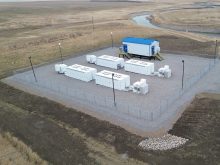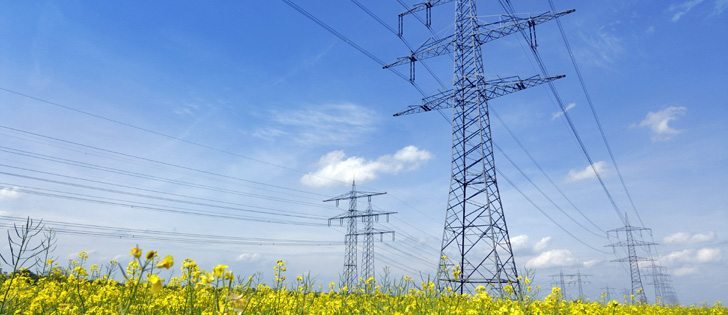The expansion of Alberta’s electrical generation system is a boondoggle that is going ahead even though economists and landowners question the need and the costs to taxpayers, says a Calgary area rancher.
Bob Church, a retired University of Calgary scientist, already has parallel lines running across his family’s ranch north of Calgary. He questions the need for upgrades.
He said alternative energy is gaining traction and companies like Enmax are opting for cheaper, cleaner, gas fired plants rather than coal powered systems that are a part of the large scale proposals to expand the power grid.
Read Also

Drones now used to assess wildlife crop damage in Saskatchewan
Wildlife damage in Saskatchewan crops is now assessed by drones and artificial intelligence.
“These lines are going to be redundant by about 2025,” he said.
As a home owner in Calgary, he compares his monthly power bills from Enmax with those from his rural property and has seen regular increases in distribution charges, even though power companies say the increases to pay for these lines will only be about $3 per month. He anticipates increases of $30 per month plus all other costs added to a utility bill.
“Calgarians own Enmax and they will be paying $1 billion for the new gas fired plant, which is cheaper, but they will also be charged more on their bills for the distribution charge to ship power around this province. We have no say on that at all,” he said.
Hearings to discuss the lines, land use and property rights have been ongoing and the government has since decided to appoint a land ombudsman.
“They basically had no real recommendations (other) than to have a land ombudsman who would report to the minister. That is no answer at all,” Church said. “All of us who put comments in now get registered mail from AltaLink, which basically says, ‘we don’t agree with any of this.’ ”
AltaLink is Alberta’s largest independent electricity provider and would handle most of the proposed expansion. Its majority shareholder is SNC Lavalin, an engineering and construction firm.
The transmission lines are going ahead because the previous provincial government passed the Electric Statutes Amendment Act, or Bill 50, which designated certain lines as critical for the public good. As soon as it passed, cabinet approved $16.7 billion in new power line construction. Hearings are underway to determine their routes.
“These lines never had a needs assessment, so Bill 50 just pushed it forward, whether it was going to be good for Alberta’s economy or not,” said Colleen Boddez, president of the Alberta Landowners Council.
The group formed to protest the lines and helped fund a legal action against a line proposed for the Edmonton area. The Alberta Court of Appeal hears the case in September.
“This whole infrastructure is pointing repeatedly for export power to the United States,” she said.
The Alberta Electric System Operator has proposed expansion to meet Alberta’s power demands. In a report released in June it identified four major projects and 53 projects in all.
The cost estimate for projects anticipated to be in service by 2020 is $13.5 billion. This plan would in-crease the electric bill for an average residential consumer using 600 kilowatt hours per month by $11 per month over the next 10 years.
The transmission portion of the total delivered energy cost to consumers is 10 to 20 percent for residential customers and 20 to 40 percent for end use industrial customers. Residential consumers pay energy, retail, distribution and transmission costs. Industrial consumers pay energy and transmission costs.















